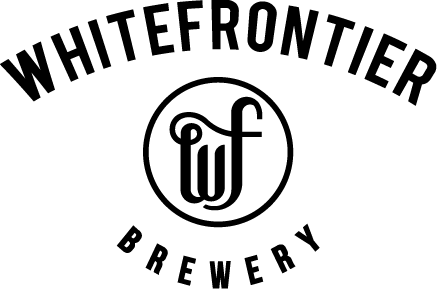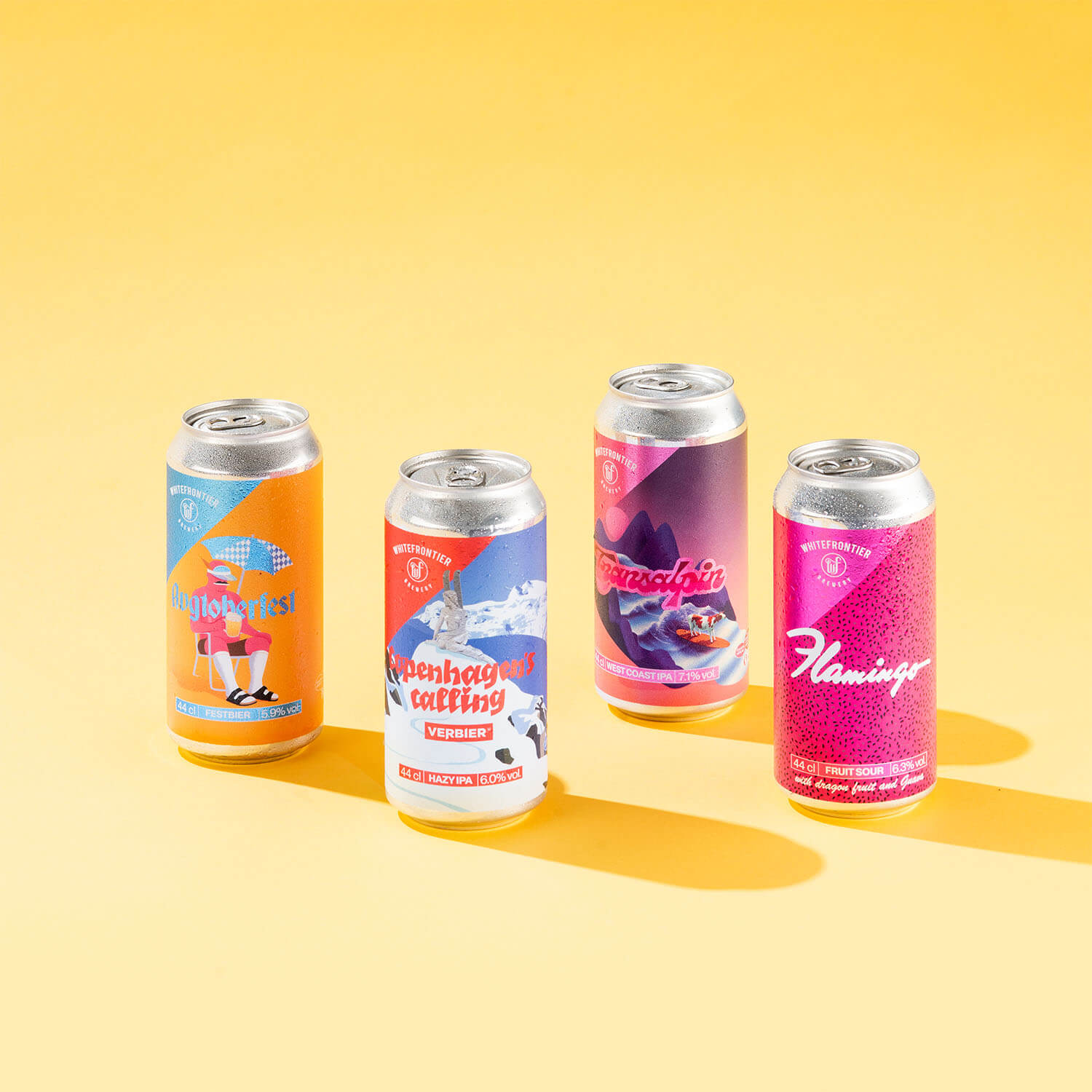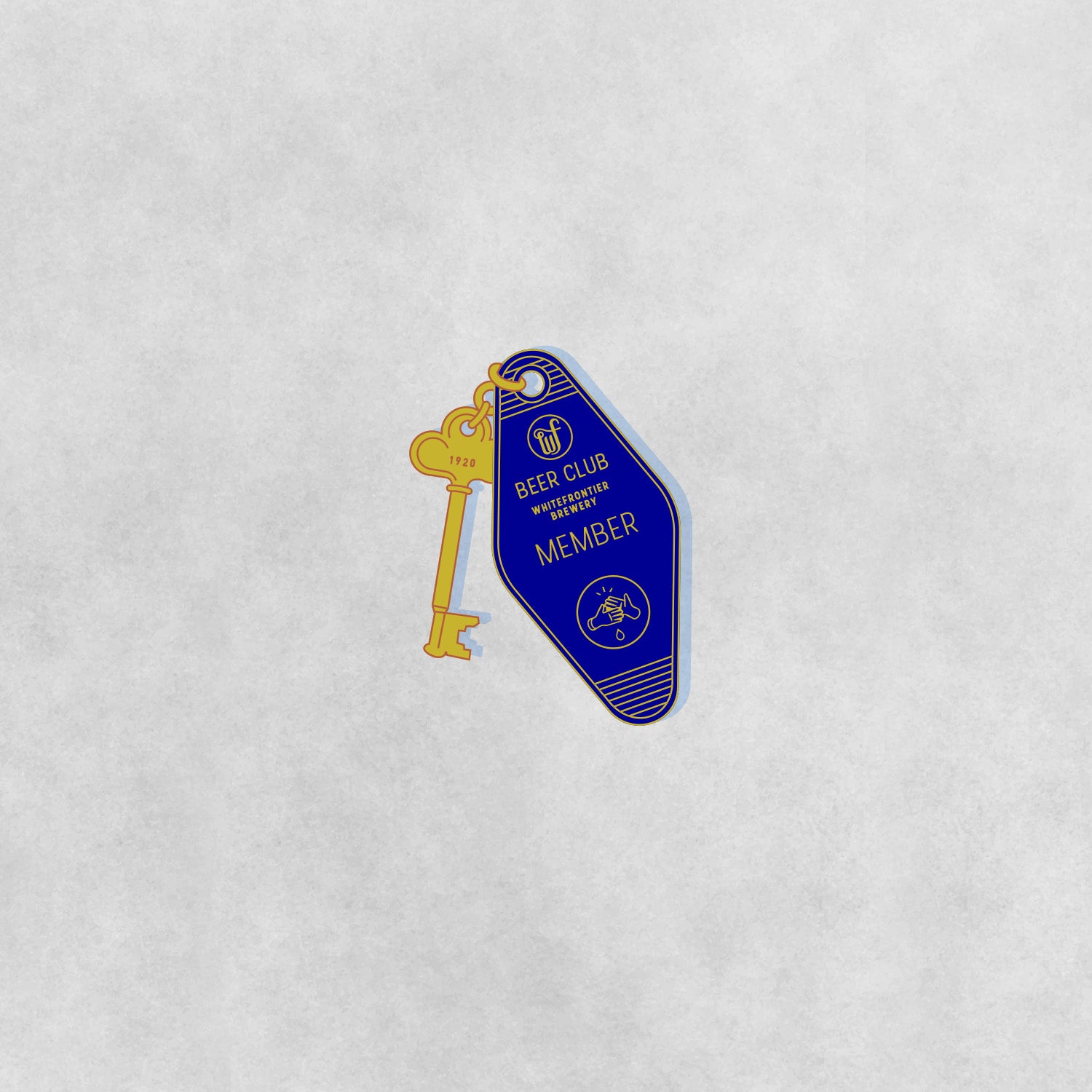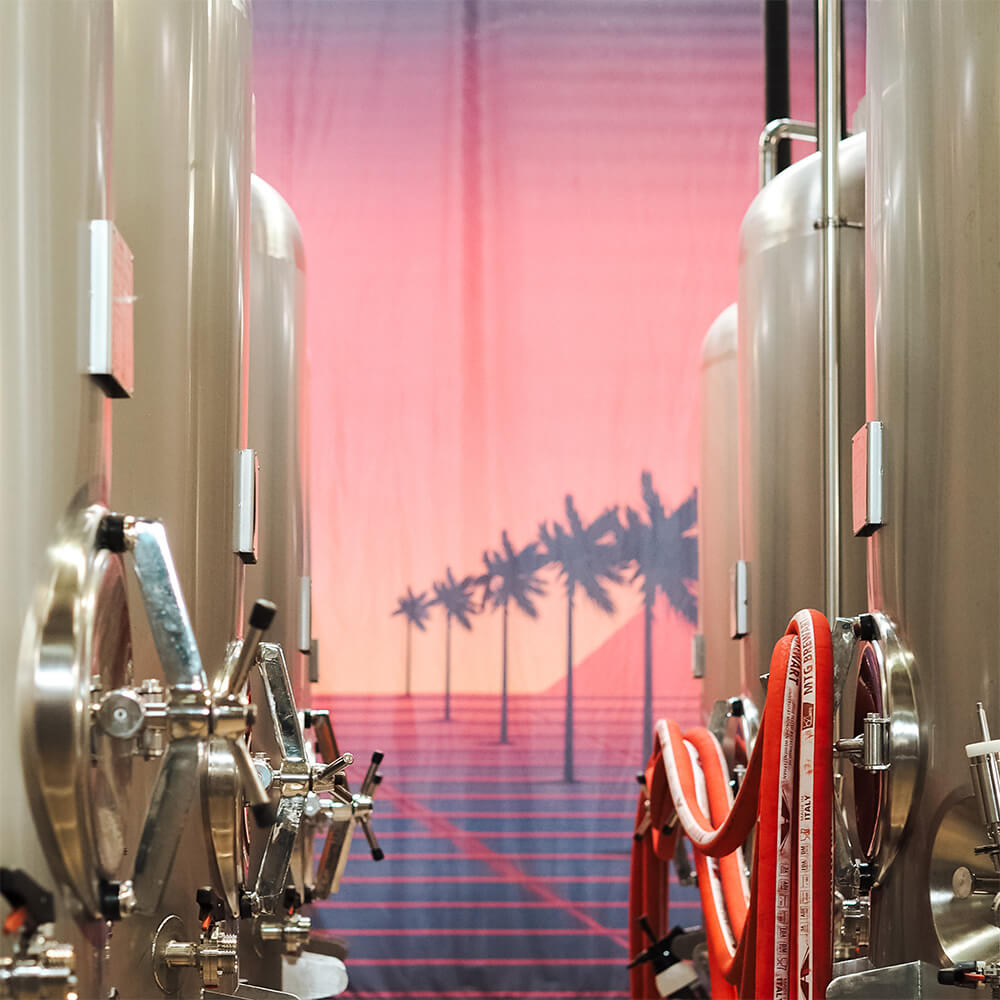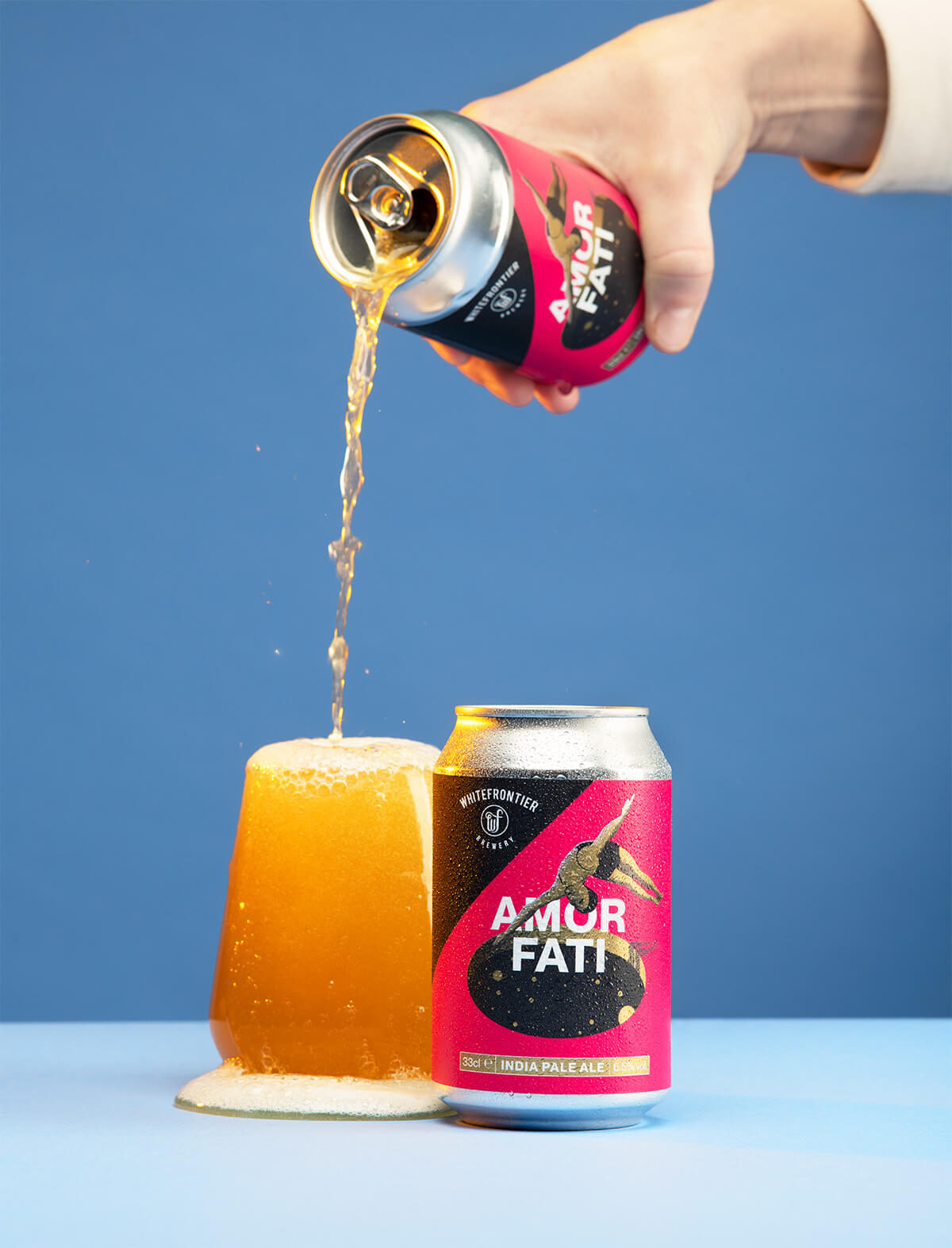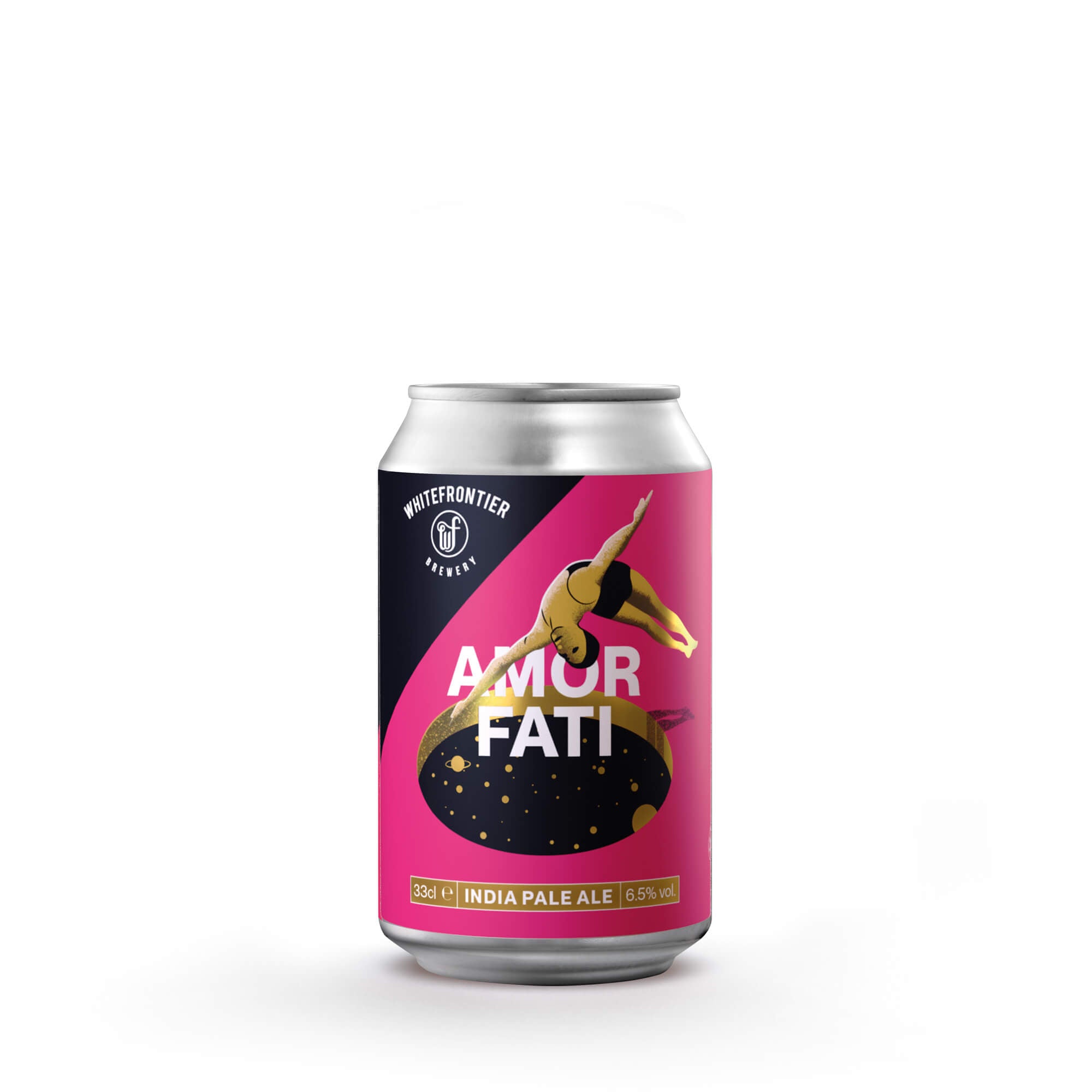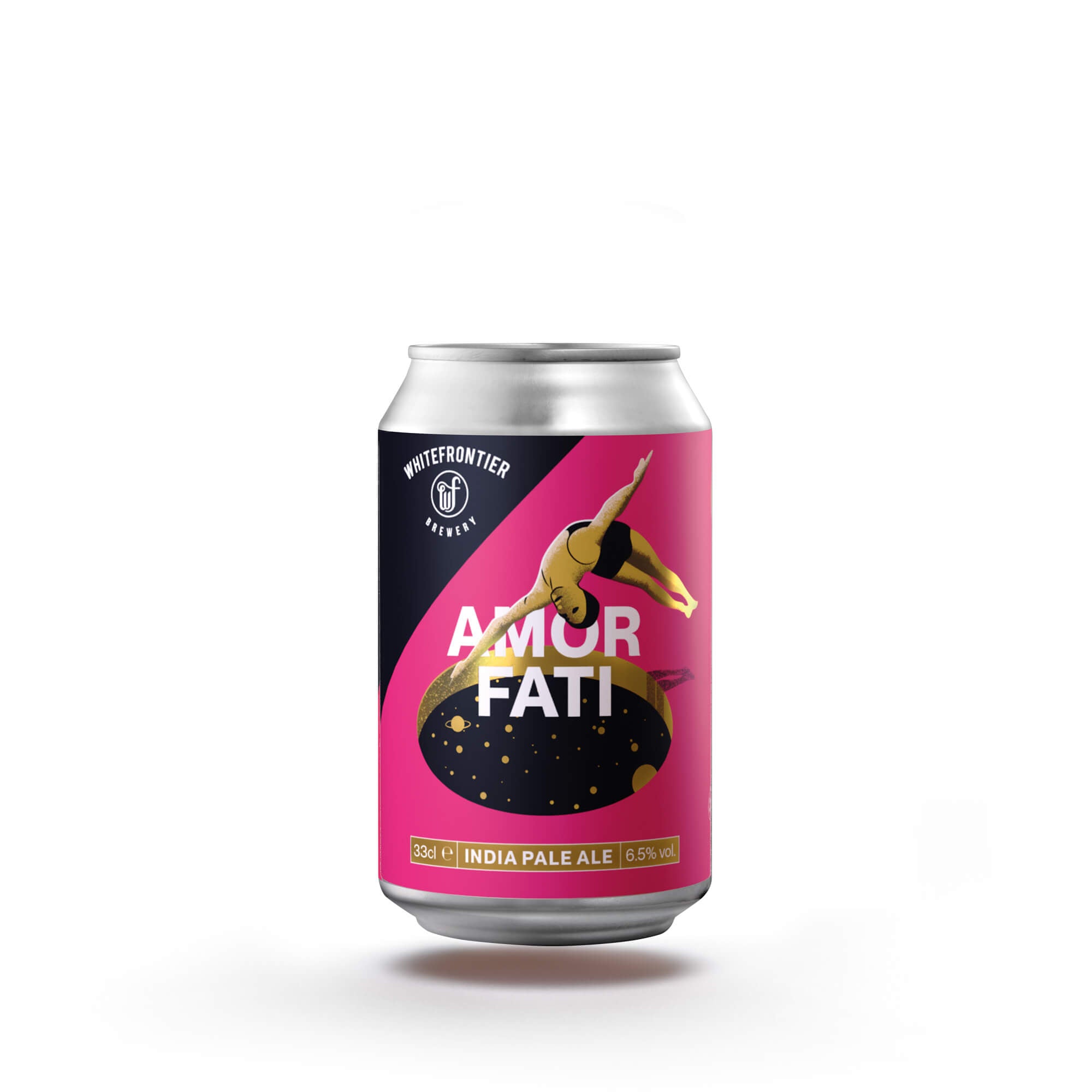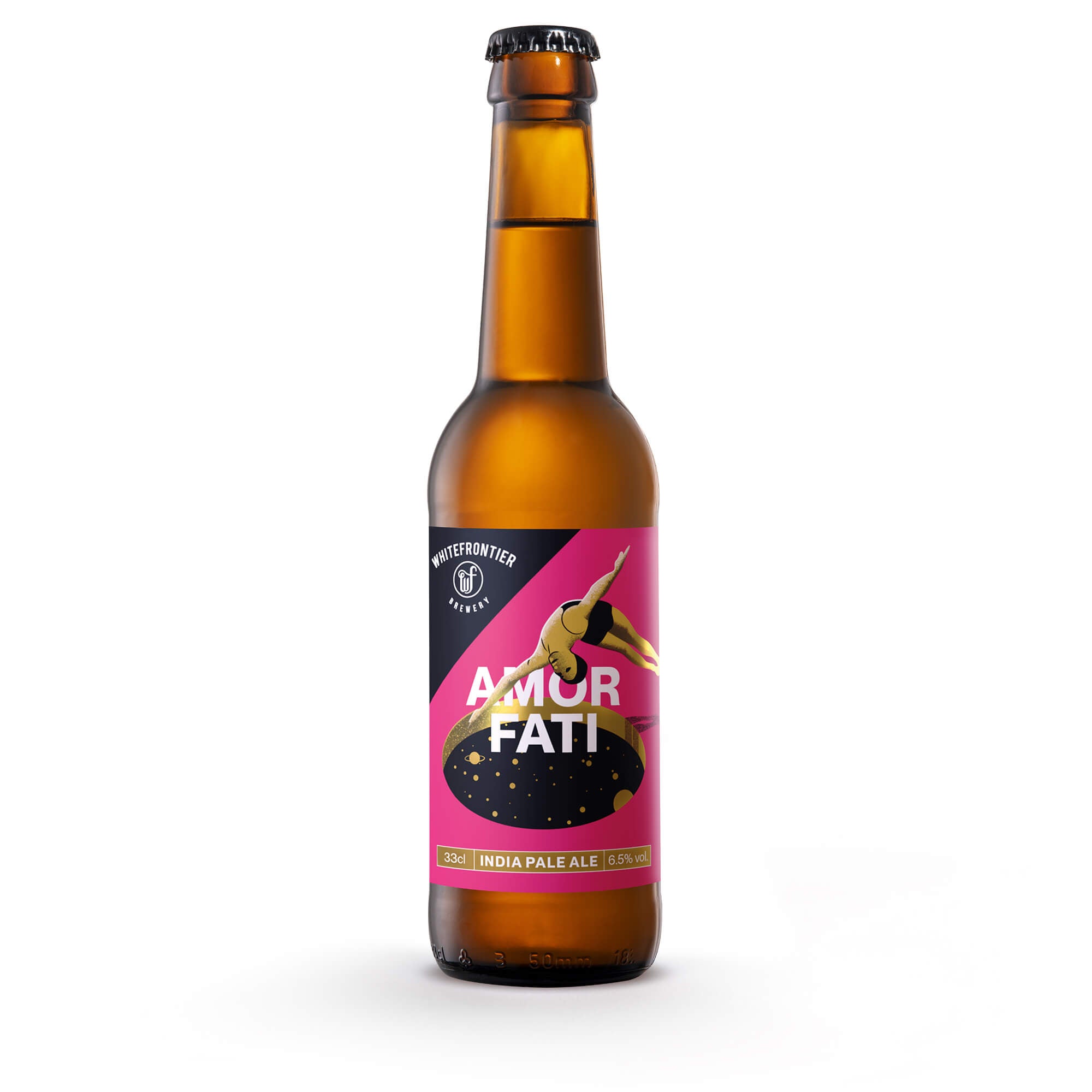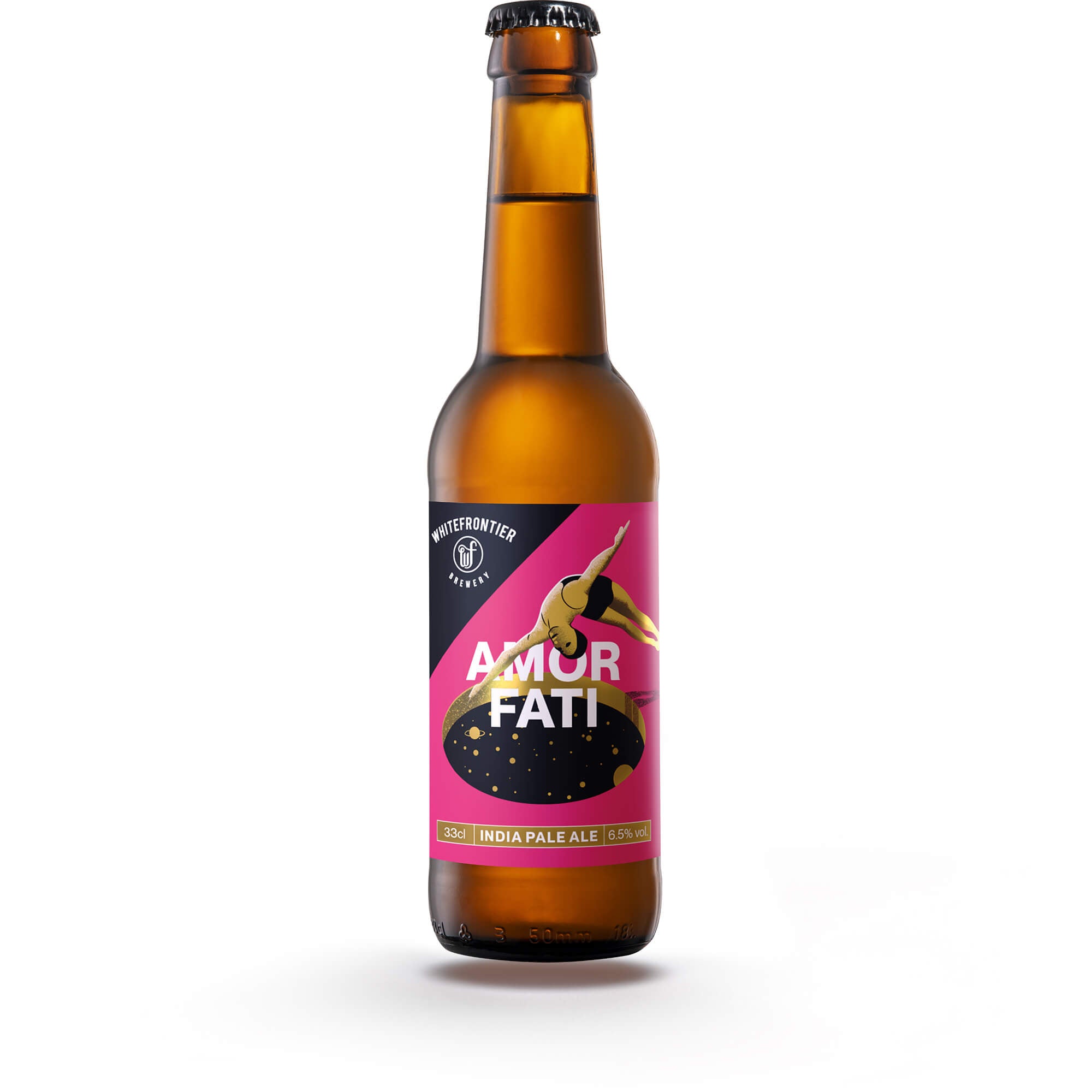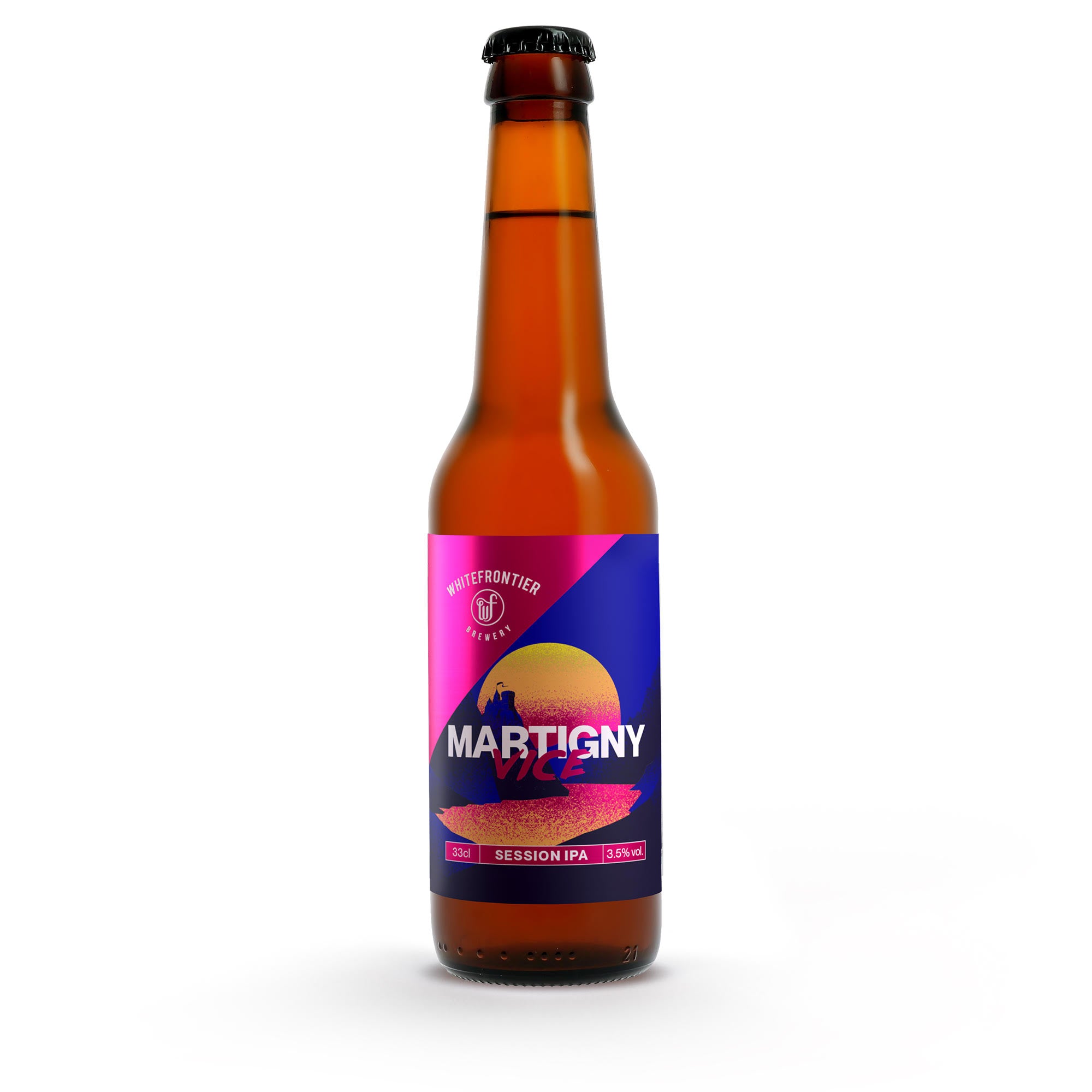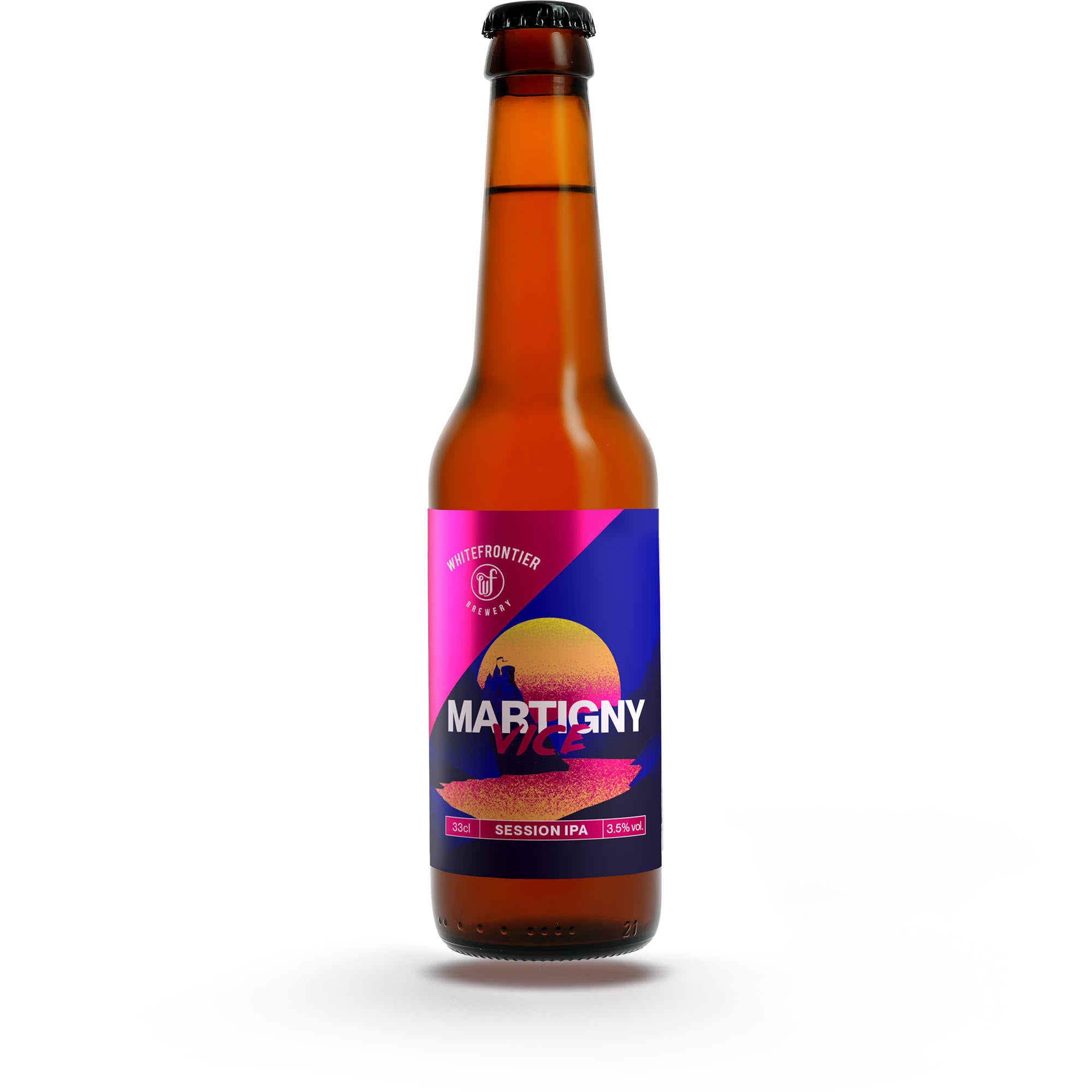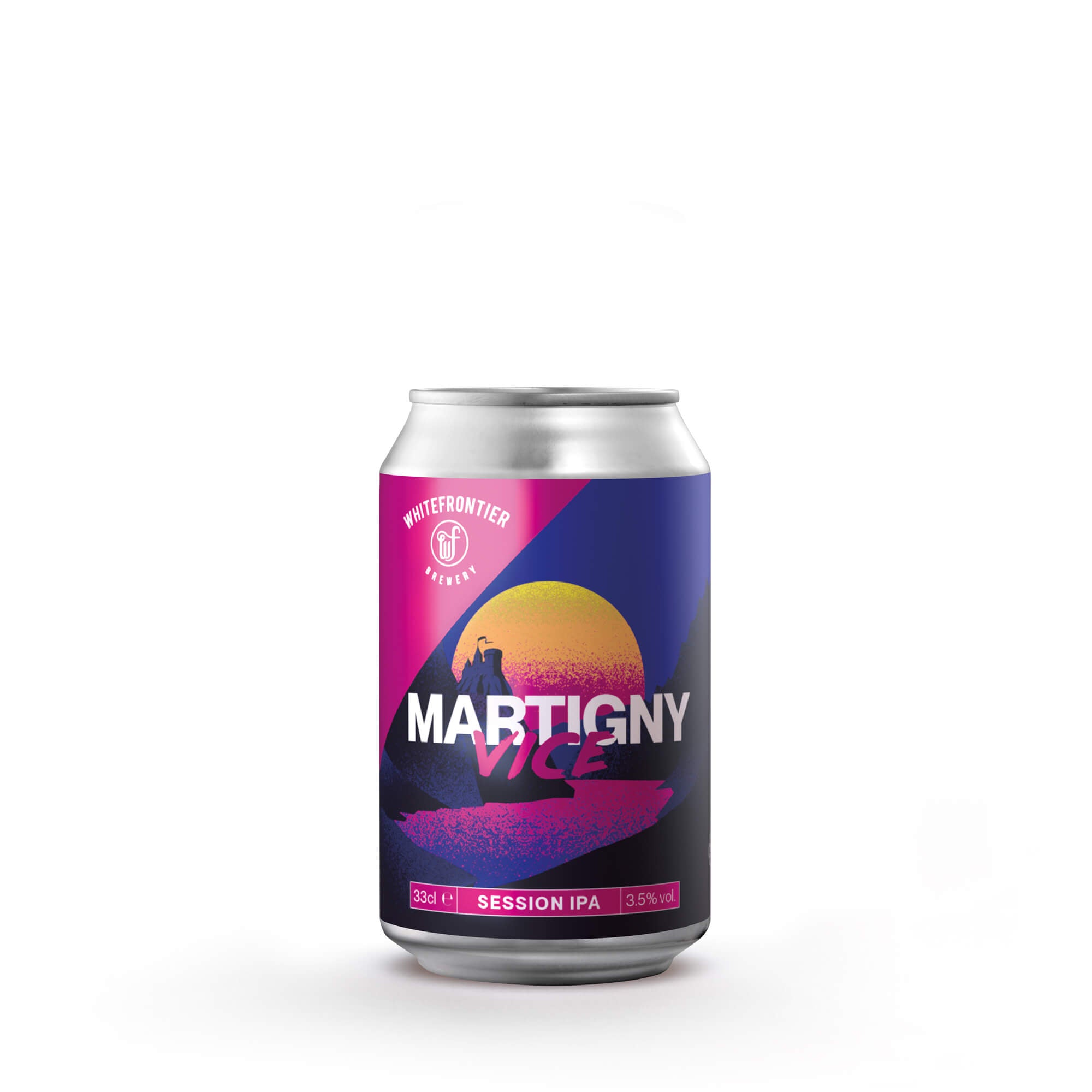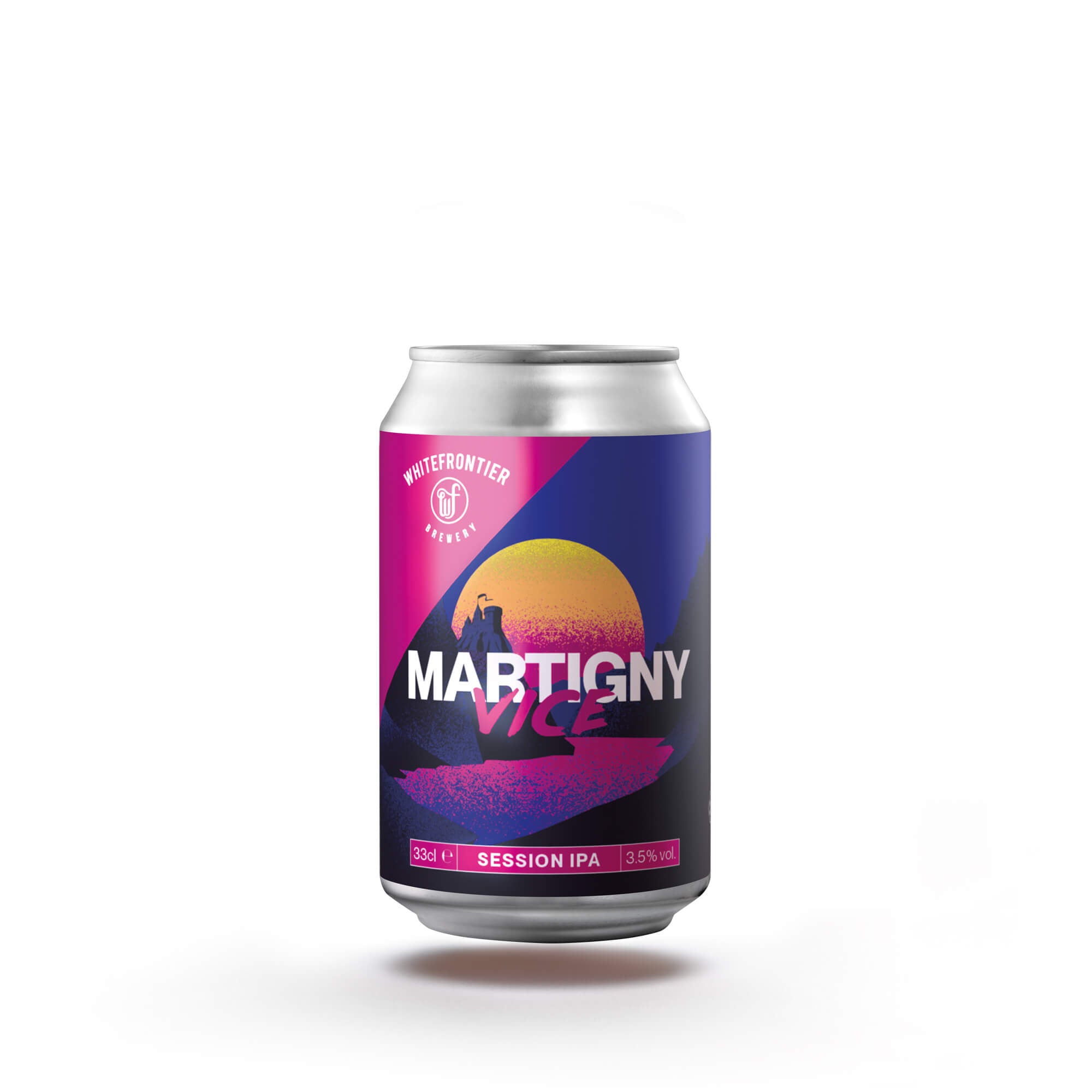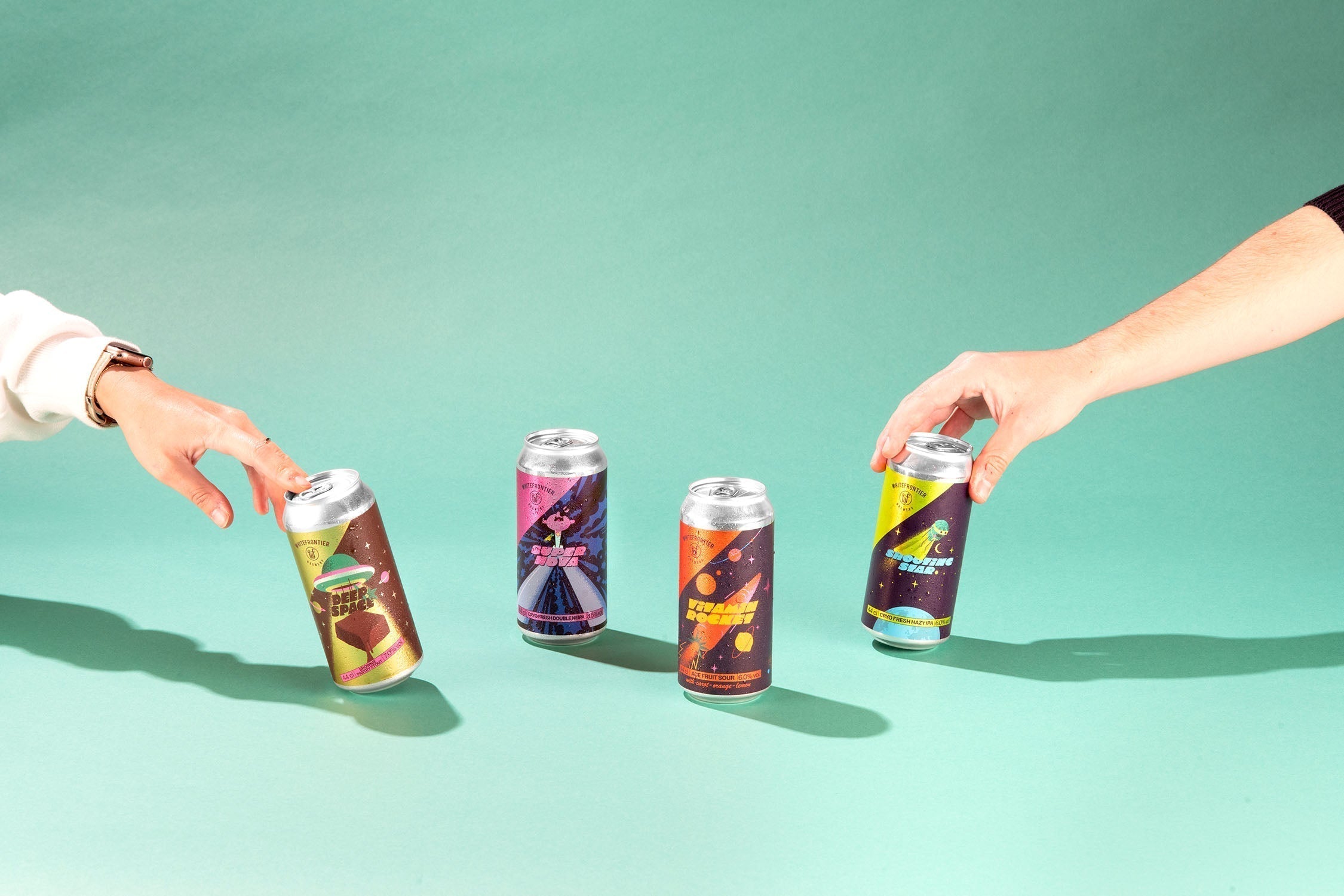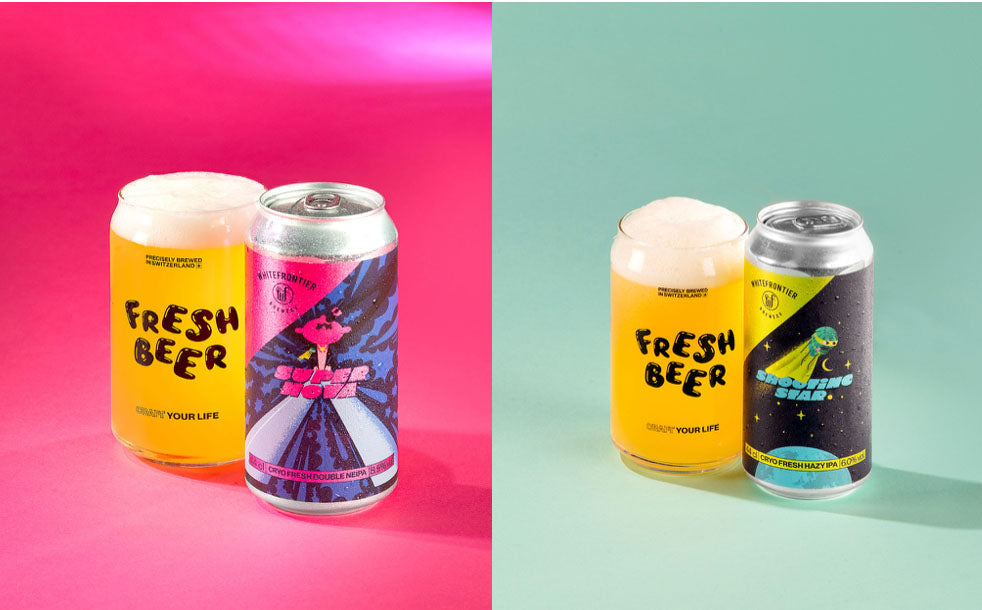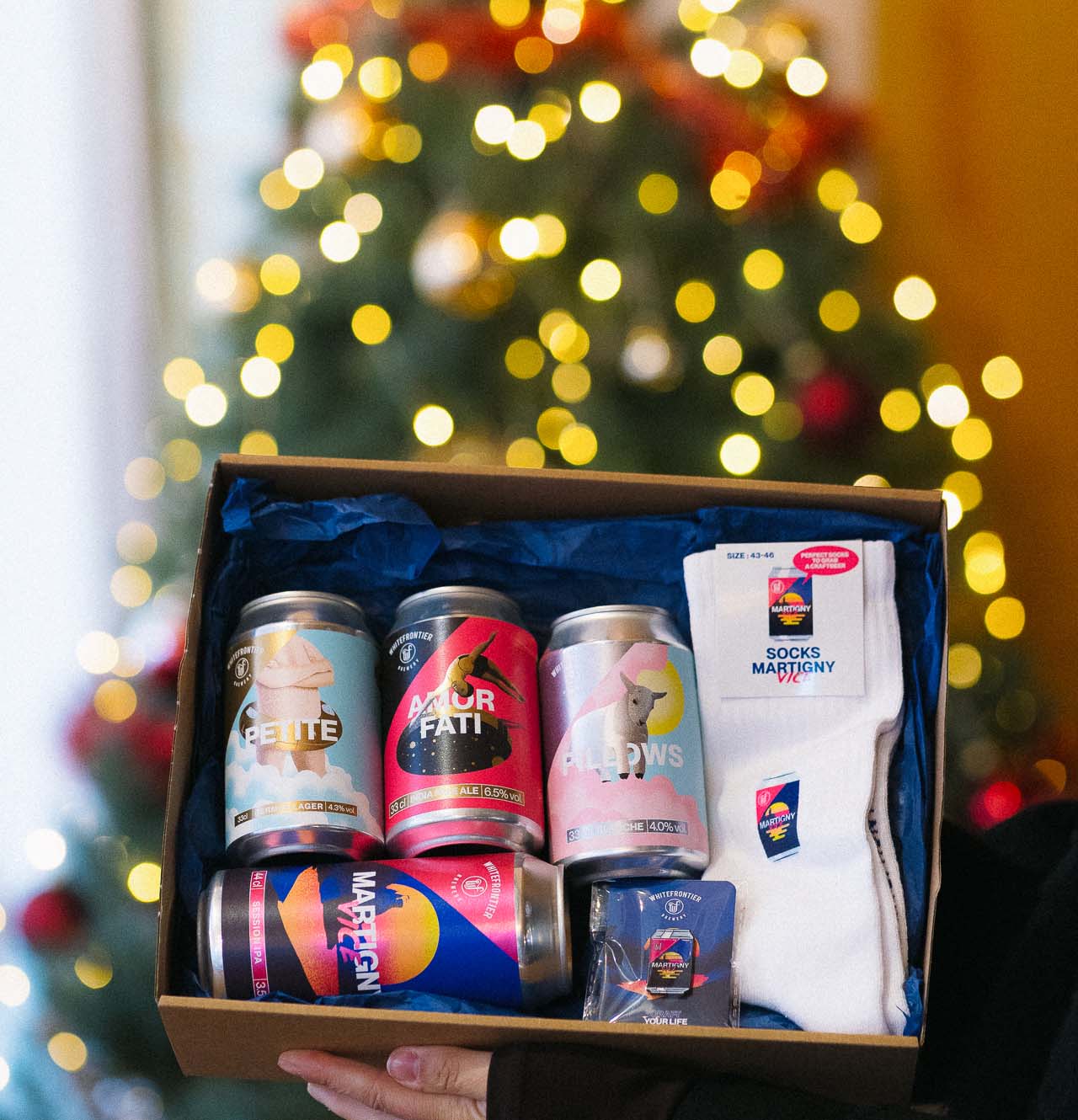Today, we're back in Beer Culture with Carole, marketing director at the WhiteFrontier brewery in Martigny.
Last time, you told us about the Craftbeer boom and its meteoric rise first in the United States and then in Europe. You told us that one style of beer, the IPAs, had particularly contributed to the development of craft beer and today you're going to tell us a little more about it, right?
Yes, we're going to talk about ipa, india pale ale IPA or I.P.A. IPA's are top fermented beers.
And where do IPAs come from?
IPA's originate from English pale ale. In fact, when India was colonized by England, the English colonists who lived in India wanted to drink English beers and not Indian beers (how open-minded those colonists were, eh?). So an English brewery took over the market and started to export its famous English pale ale to India. Except that, during the long journey by boat, the beers lost their taste. So the recipe was modified to make it last longer by adding hops and increasing the alcohol content. This created the famous inda pale ale.
Ah and it is thus that 1 century later, we still drink?
Well, you guessed it, no. The recipe of the india pale ale that we see everywhere today, is the American version of the English india pale ale. Those Americans again, you'll tell me. You know, last time, we talked about the Americans who had crossed hop varieties to create very aromatic hops. Well, they made these famous india pale ale with their hops and their brewing method which gave us a completely different version.
Ok and what does it taste like ?
Well, it gives a beer that is generally light to medium in color, around 6%, nicely carbonated and above all with explosive aromas. If you drink an ipa, you must be marked by its fruity and floral flavors, you must feel mango or citrus fruits, sometimes even peach, in short we are clearly on the fruit and that is thanks to the American hops. If you have never tasted this kind of beer, it can be surprising, because there is a slight bitterness, but if the IPA is good and well done, then the balance should be there and the bitterness is not disturbing at all, on the contrary.
Ok, that's clear, thanks. But now, do you have any IPA to recommend?
Yes, of course. Let's start with the Swiss.
Well obviously, I'm preaching to the choir, but WhiteFrontier's Amor Fati is really worth a try. It's a super fruity beer with notes of grapefruit and flowers, it's juicy, it's beautiful.
The winter IPA from Docteur BrauWolf is also very good. We also have the eastern peak of the brewery seven peaks in Morgins or the Porn star of Hoppy people.
In the foreigners, one that I love and that is produced very close to here is the tropical smoothie ipa from big mountain in Chamonix. A little further away now, the IPA from cloud water brewery, hm a little bomb. But frankly there are plenty of them so feel free to go snoop around your favorite beer store.
You talk about smoothie ipa, sometimes we hear about session ipa or milk-shake ipa, what is all this?
IPA is a style indeed, but there are many sub-families.
The session ipa for example are ipa lower in alcohol, but which have just as much taste. WhiteFrontier's session IPA is only 3.5%, but when you take the first sip you get great peach aromas, it's super aromatic.
A smoothie ipa is an ipa that will have even more fruity aromas thanks to the hops used. We have the pleasant sensation to drink a smoothie.
The double ipa, I talk about it more in depth on the Instagram account of Whitefrontier, it is an ipa in which we often put twice the usual dose of hops, but to avoid an imbalance in the bitterness, we put more cereals to have more sugars, so it is often high in alcohol.
There are a lot of different styles of IPA, there are also the famous new england or the ipa mikshakes, that's what's great about beer, your only limit is the one you put on yourself, you can make as many different recipes as you want, it depends on the creativity and the know-how of the brewer.
And by the way, many of these beers are now in cans, why?
Hm, it would take a long time to explain, but I promise next week we'll talk about the advantages of the can.
